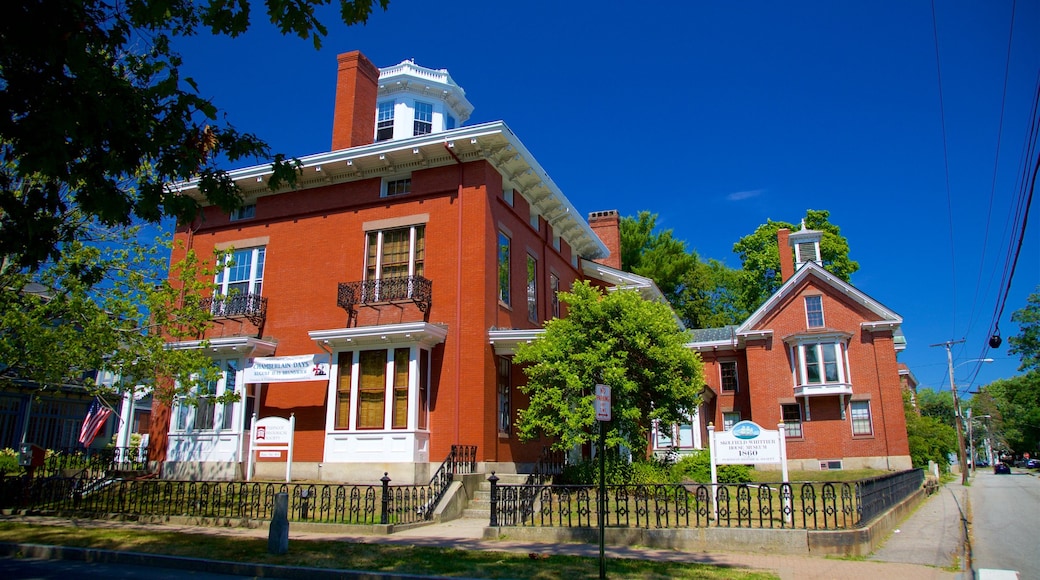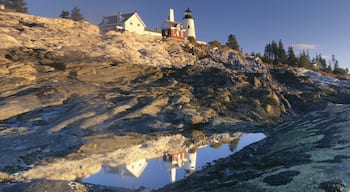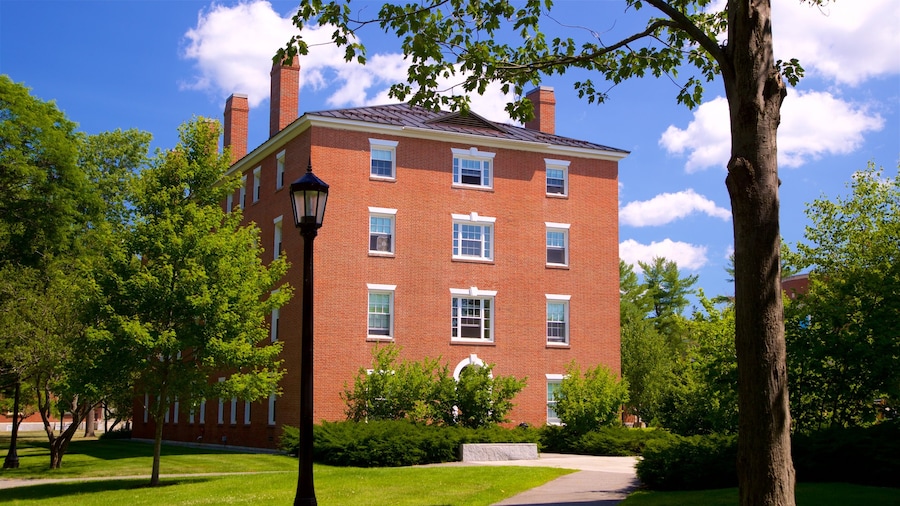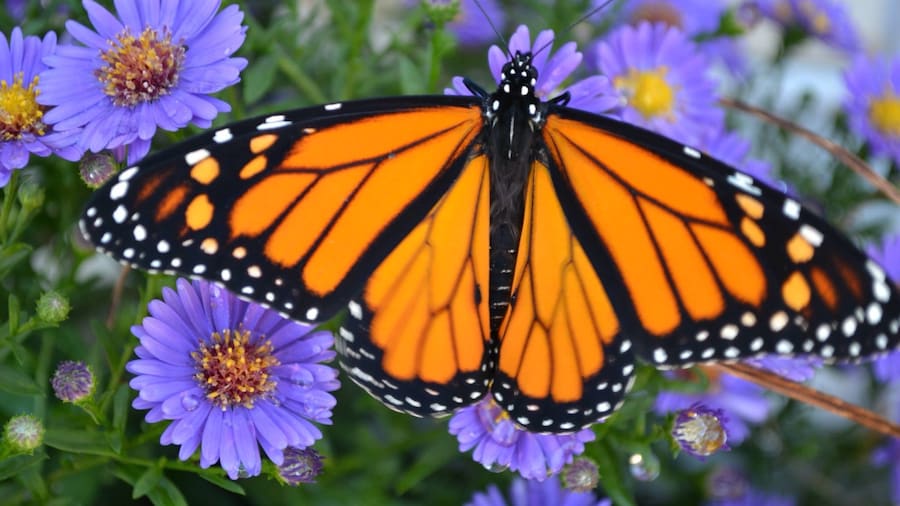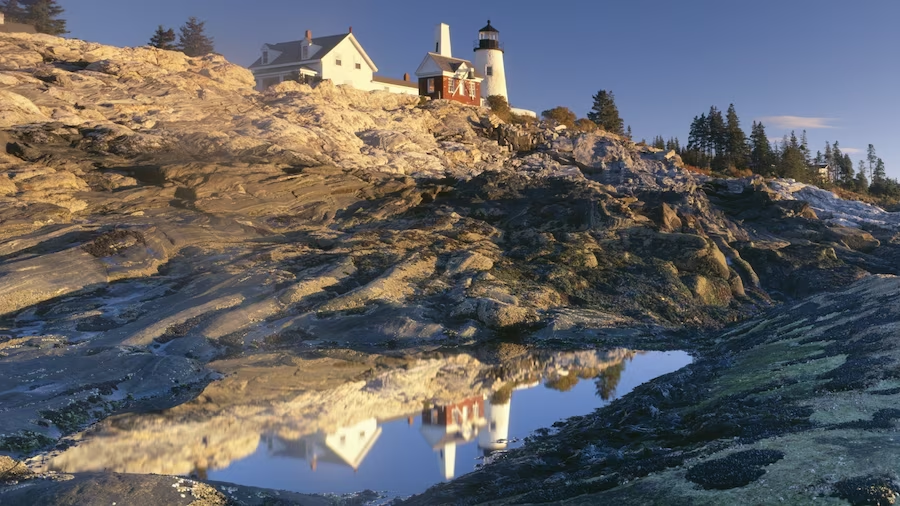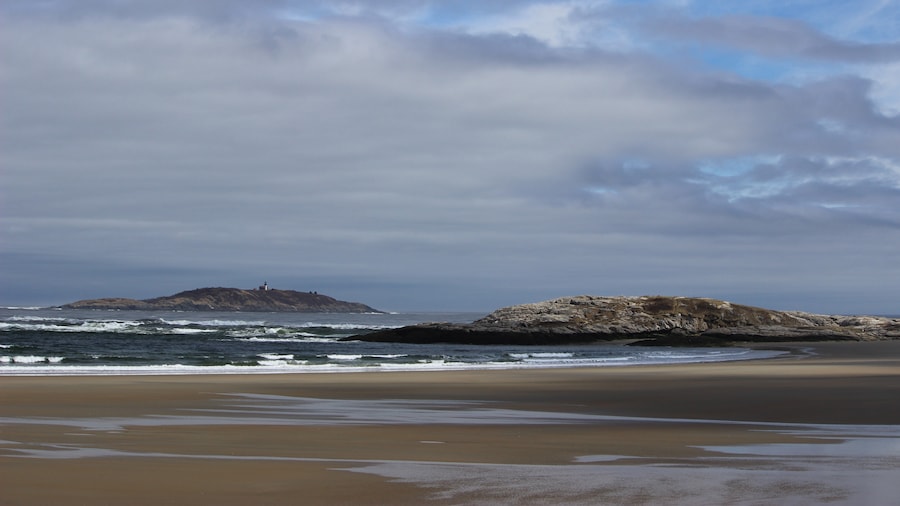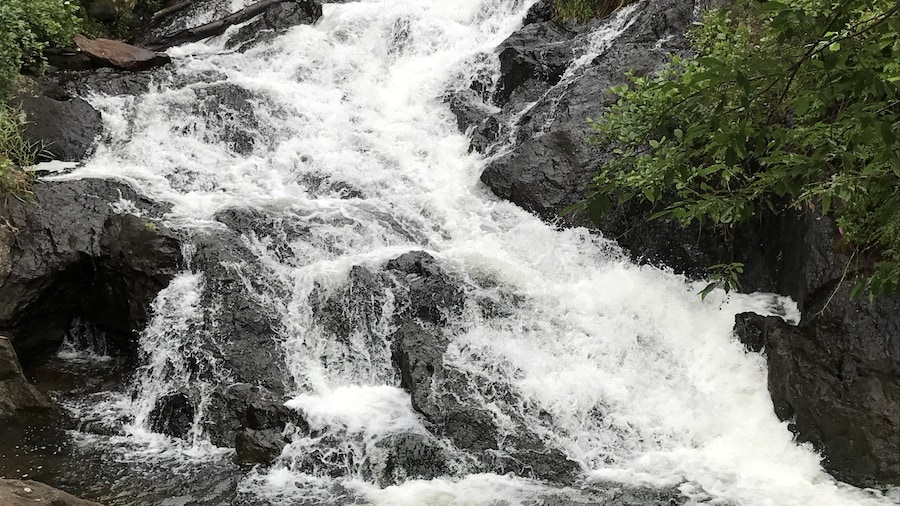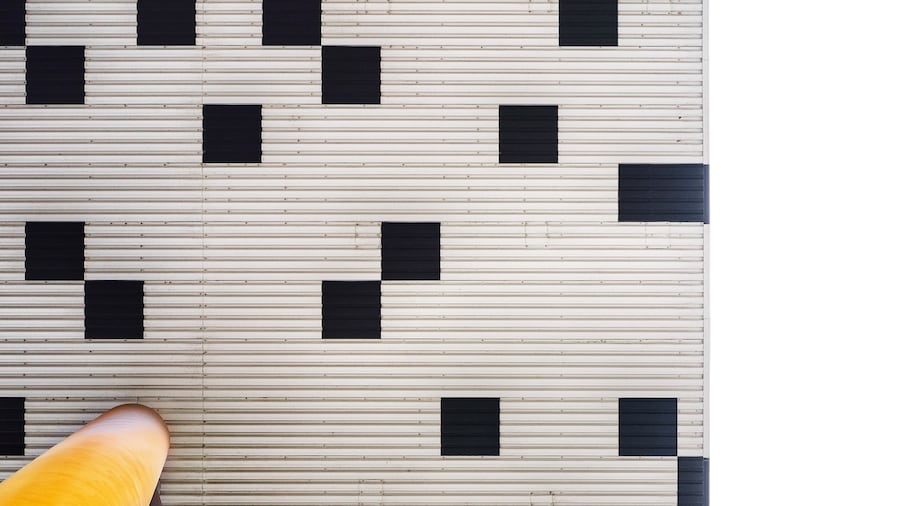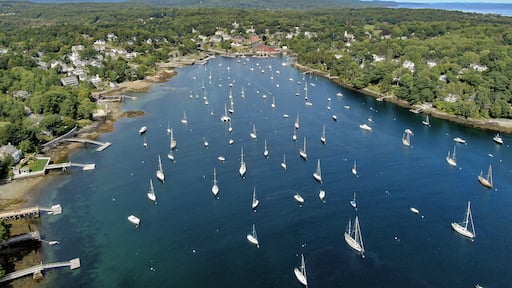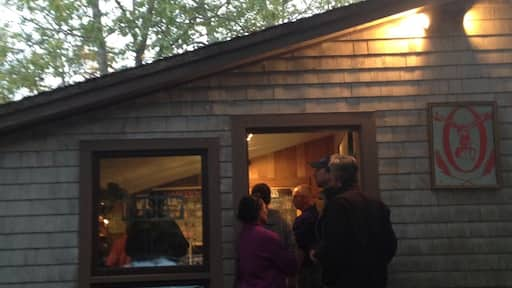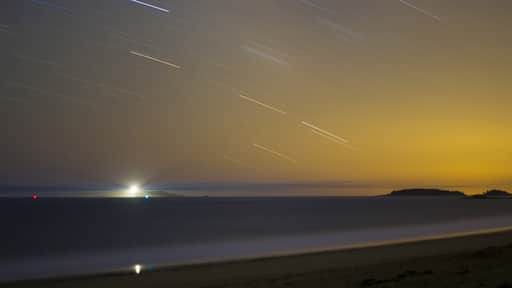Maine is on its best display in this beautiful area full of historic small towns, beautiful harbors and many opportunities for adventure.
Maine’s Central Coast area is primarily characterized by lobster, lumber and natural beauty. Find all of that and more in this beautiful region that has been welcoming visitors, artists and nature lovers for centuries.
The Central Coast is foremost a marine ecosystem, best experienced from the water. Rent kayaks at towns and coves along the coast and paddle out to sea with only seabirds for company. Cool off in the bracing North Atlantic at Popham Beach State Park near Phippsburg, one of Maine’s few sand beaches. At low tide, walk out to a small island and discover crustaceans stuck to rocks or buried under the sand. Sail from Boothbay Harbor or Port Clyde out to Monhegan Island, a small artists’ colony 10 miles (16 kilometers) out to sea. Ramble along the island’s paths or sit in contemplation of the sea that has inspired many artists.
Experience local art at Central Coast’s museums and cultural institutions. Start at the Marine Maritime Museum in Bath, which is home to a reproduction of the Wyoming, a huge wooden sailboat. Take a side trip to Seguin Island’s lighthouse, first built in 1795 under orders from George Washington. Drive along the coast, stopping frequently. Investigate the Farnsworth Art Museum in Rockland, with an extensive collection of works by local artists. By the time you reach the Penobscot Marine Museum, near Searsport, the hundreds of drawings, paintings and other arts celebrating the sea will feel a part of your soul.
Maine’s Central Coast is a 75-mile (120-kilometer) stretch of land between Brunswick, Maine in the south and Searsport, Maine in the north. Access Brunswick by either car or train from Portland or Boston. The Central Coast itself is best explored via car. Searsport is only a 45-minute drive from the international airport in Bangor, Maine.
The Central Coast’s diverse attractions and welcoming hospitality make it the perfect destination for visitors of all types.
